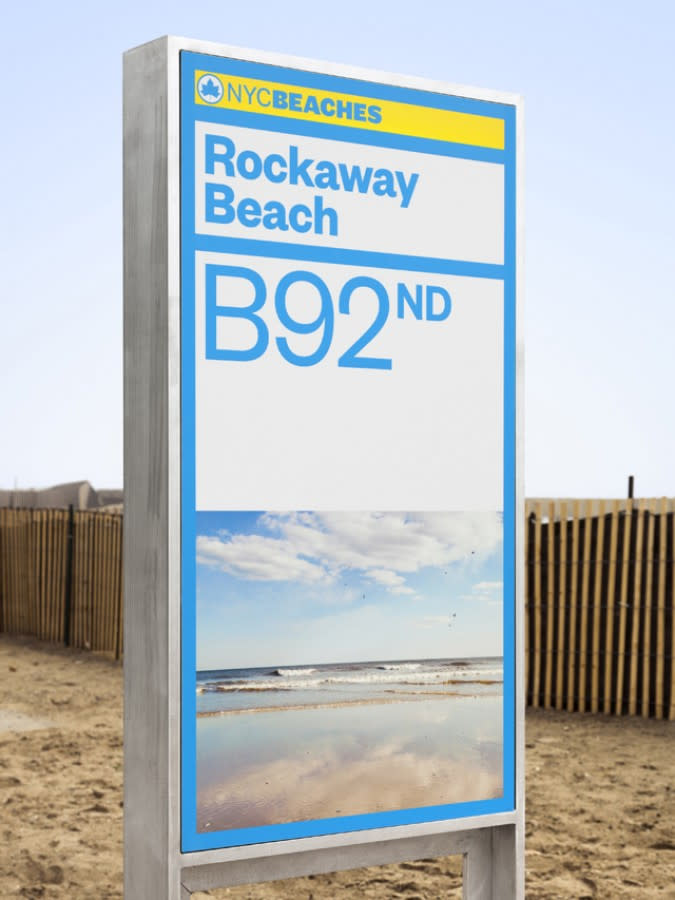An interview with Paula Scher

We’re not afraid to say Paula Scher is one of the most influential graphic designers in the world. In fact, we insist on it, so ahead of her appearance at Semi Permanent Sydney 2018, we gave her a call to get some advice...
"I look at things that exist now and things that exist in history, then I work with my team to work up what we think is possible."
Paula Scher
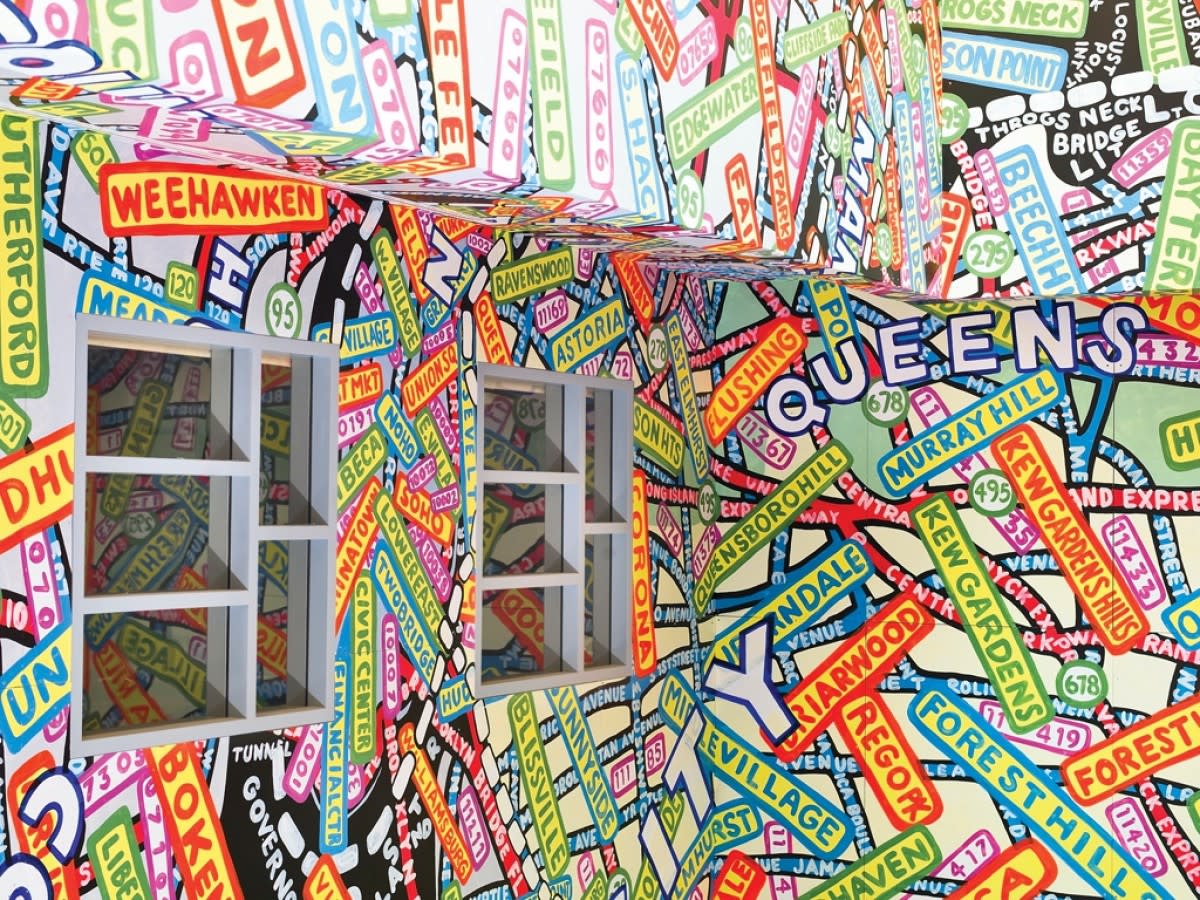
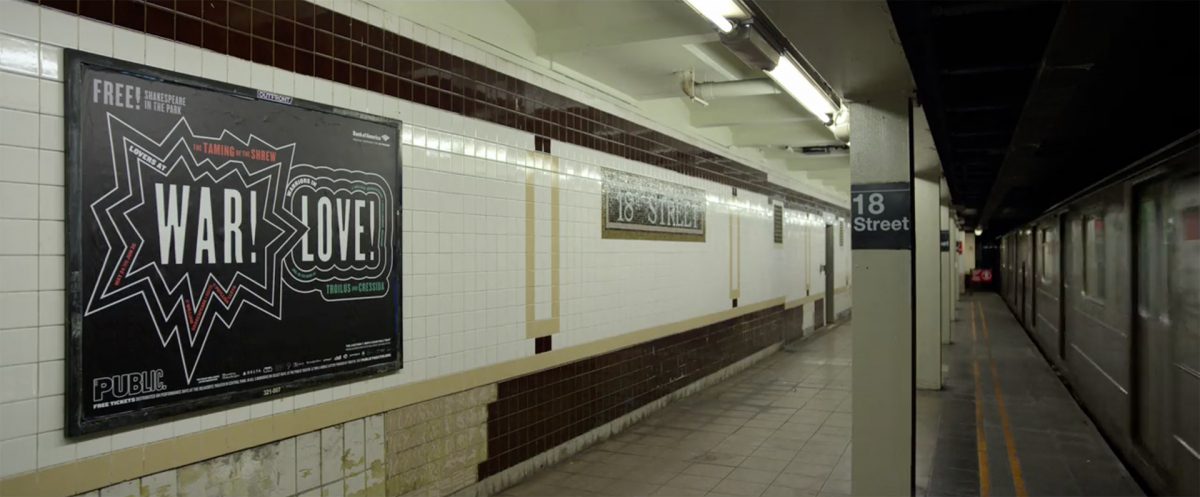
"I'll probably never know [when I've done my best work]. The point isn’t to have done it, because if you’ve done it, you’re done."
Paula Scher
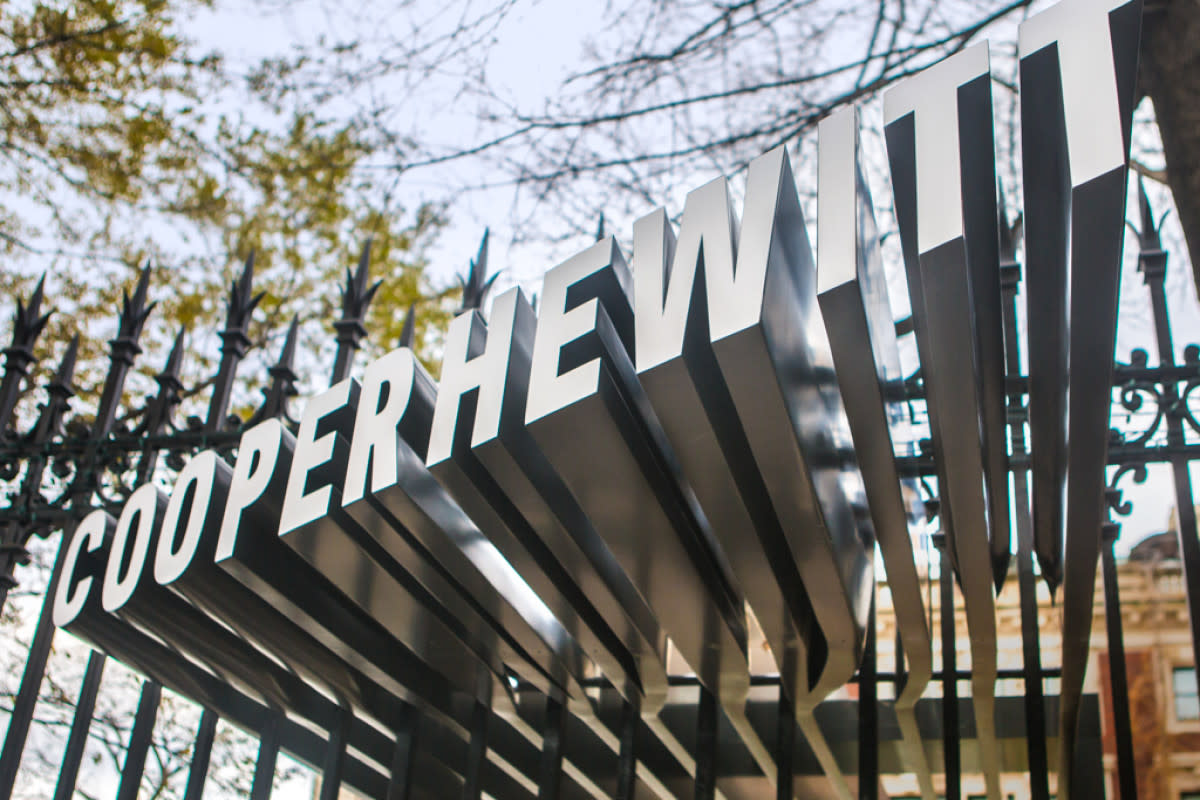

"I think we’ve moved from a verbal society to a visual one. People don’t have much patience for reading, as shown by our new president, so we communicate visually."
Paula Scher
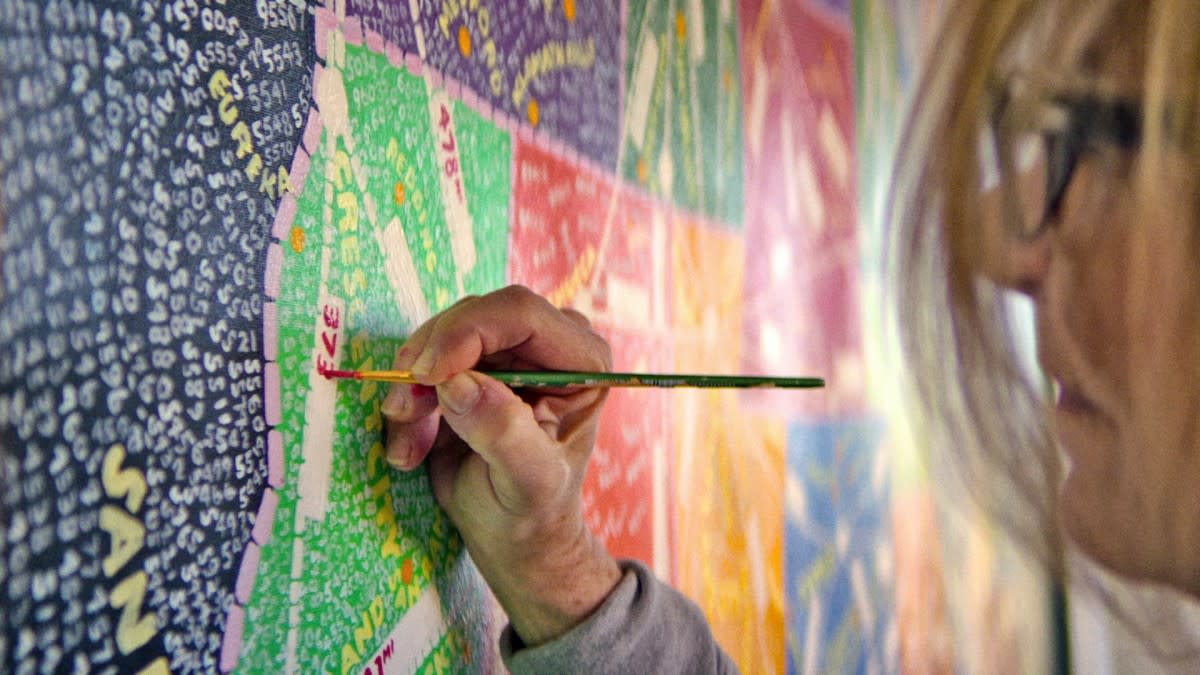
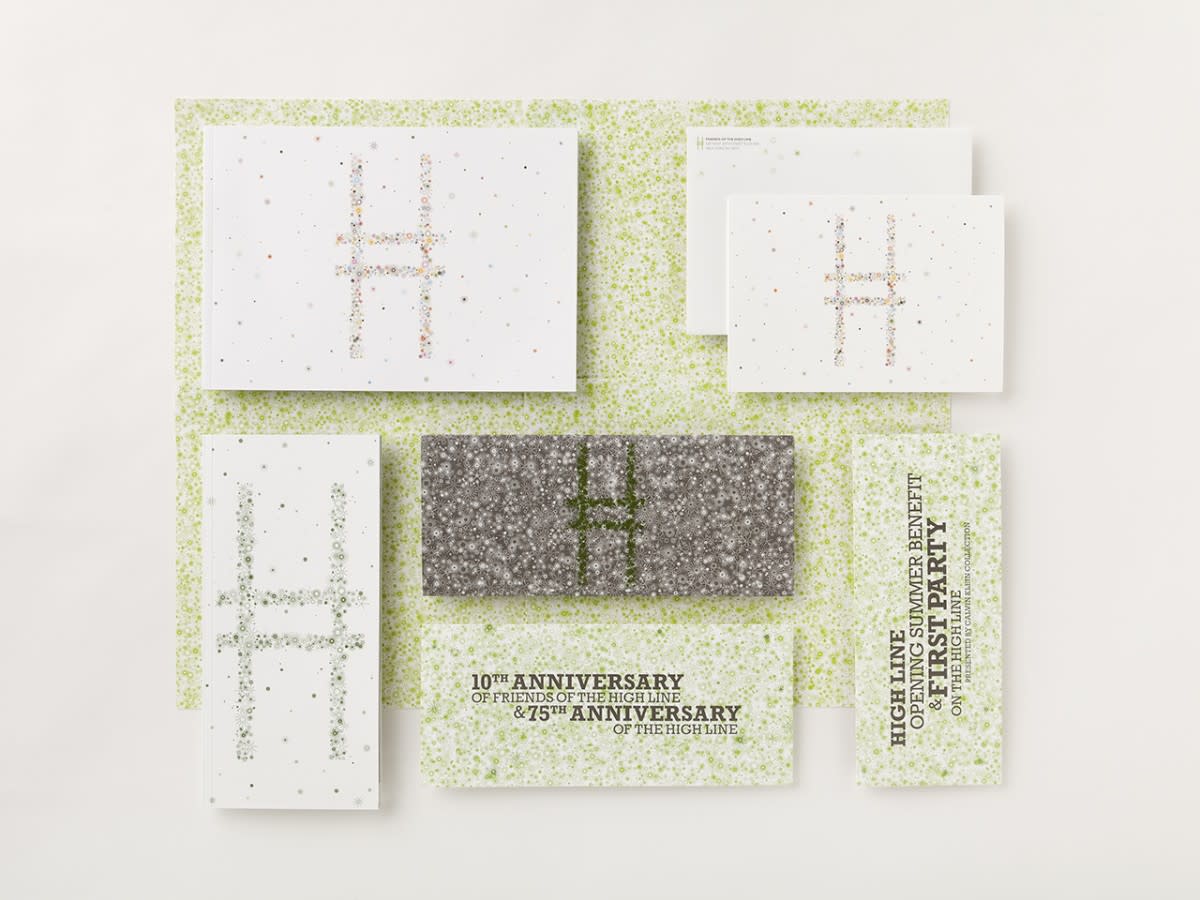
"The minute you try and ensure perfection, you’ve made something pretty horrid."
Paula Scher
Over time people will rebel. Designers just line the way with their accidents.
Paula Scher
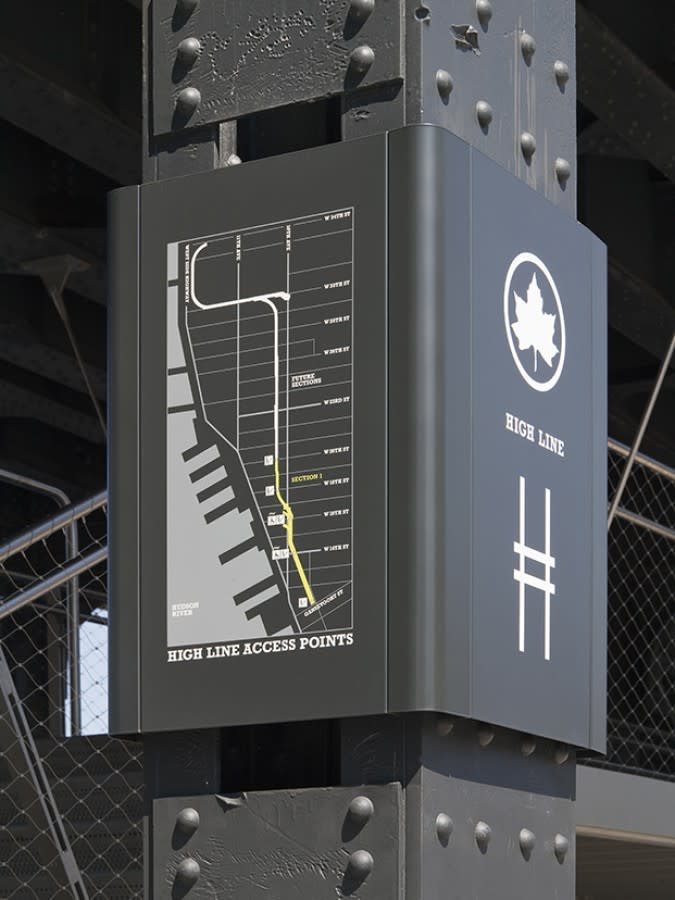

"When you’re young, you try things that are stupid, and sometimes that really works."
Paula Scher
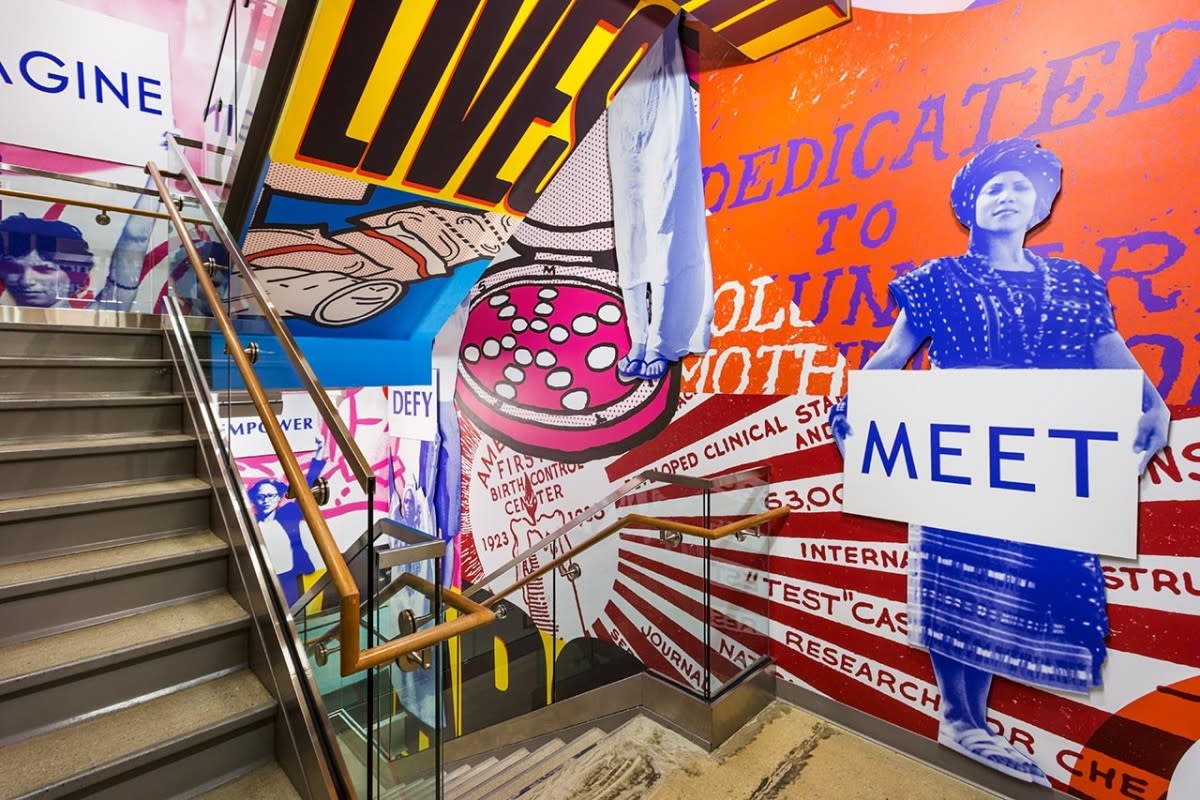
"In transportation, and in the sort of things that improve the quality of life; environmentally, in buildings, in prefab housing, in areas where human beings need to have a better existence, being able to design better public spaces and parks. All those things really matter."
Paula Scher
